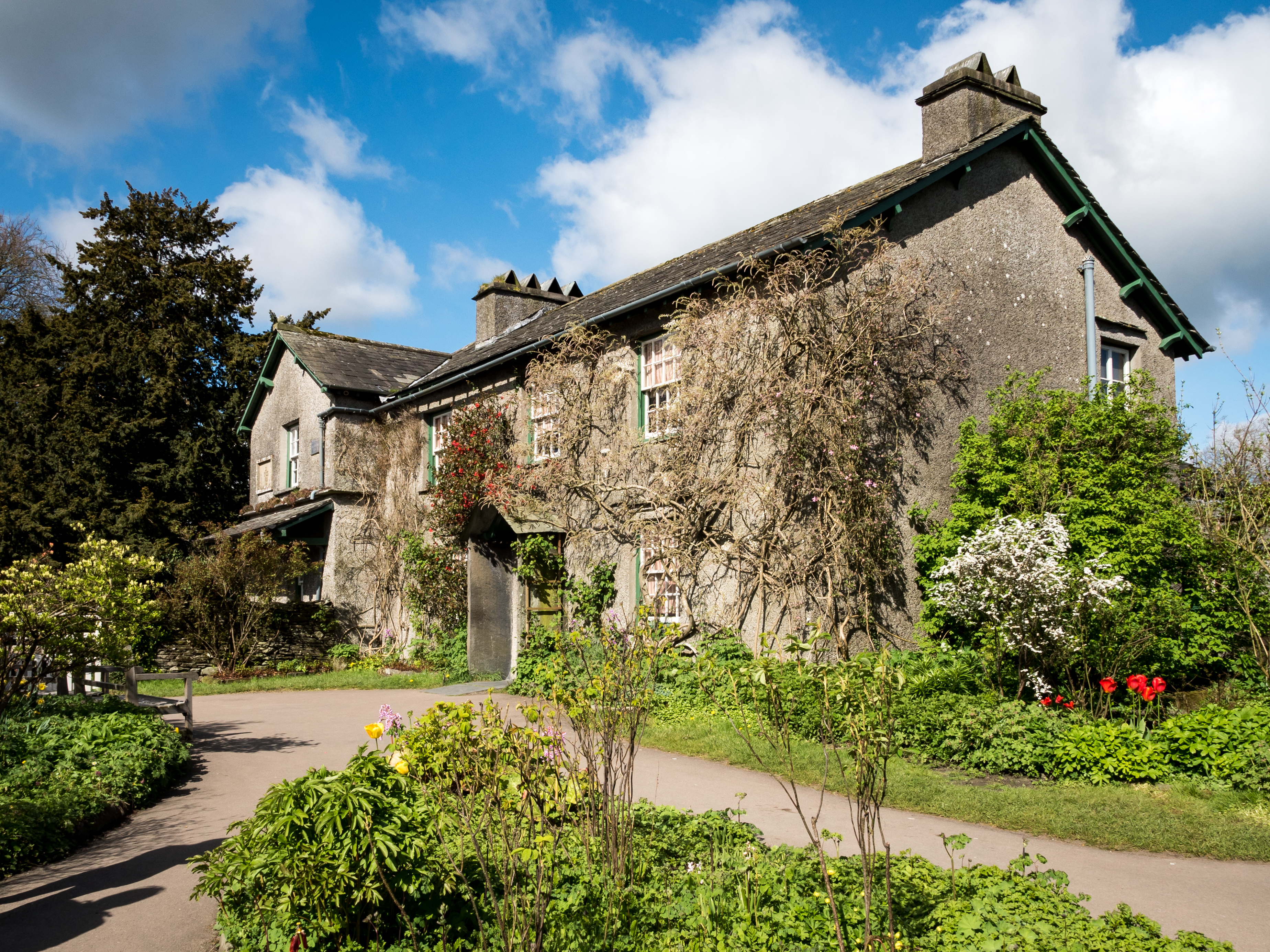jamesmeade.com is secure and your personal details are protected
Please click here to view our Privacy Policy
If you are a customer from outside the UK, please contact us on the number below suited to your department required.
Beatrix Potter in the Lake District
Beatrix Potter is best remembered for her creation of Peter Rabbit and friends, but, did you know, she was also a brilliant scientist, botanist, and conservationist?
Falling in love with the Lake District, she moved her life from London and made a home for herself there. Her new home and surrounding wildlife then inspired the creation of Peter Rabbit and friends, which in her stories respects and guard the environment, much like her own efforts in reality.

Beatrix Potters Involvement with the National Trust
Beatrix first visited the Lake District before the founding of the National Trust. They stayed in Wray Castle on a family holiday, where she first fell for the Lake District. Beatrix and her family met and became fast friends with Hardwicke Rawnsley, who would go on to be one of 3 founders of the Trust. Beatrix Potter's father then became one of the first lifetime members of the National Trust. Today the National Trust now owns 20% of the Lake District, and Beatrix’s efforts were instrumental in acquiring the estates that built the trust.
To help them acquire the properties they now boast in their portfolio, Beatrix would sell signed drawings that raised substantial funds for the trust. Most notably, she acquired the 5000-acre Monk Coniston estate. After paying for it in full she offered half of it to the Trust and then went on to manage the estate. As manager of the largest Trust property, Potter's influence was great in the trust and ensured they kept a pragmatic approach to conservation. The early years of the trust were quite anti-industry, as Beatrix helped the Trust realise that the Lake District heavily depended on farmers to regulate the landscapes.
Beatrix Potters Garden
As you know, Potter was an incredible illustrator, but you may not know that her drawing career began with botanist pieces. Some of her lifelike illustrations are still on display in the V&A today, and her garden at Hill Top shows just how much she adored the natural world. Left to the national trust after she passed on, it is clear that the inspiration for the stories of Jemima Puddle-Duck, Tom Kitten, and Samuel Whiskers came from her experiences in country living and her quaint dwelling nestled in the Lake District.

Beatrix Potter's Involvement in Rural Communities
Potter settled quickly into the life of agriculture and served on several committees to better the lives of those in the rural surroundings. In her agricultural pursuits, she became invested in breeding and raising Herdwick sheep, native to the lake district. These hardy sheep live on the high fells within their heaf (an area of farmland sheep have learnt to graze on and remain within its boundaries. This knowledge is generational for each sheep herd).
Potter was well admired as a Herdwick breeder in the local area. Amongst the 15 farms Potter ultimately owned, she came into possession of Troutbeck Park, which held a large flock of unwell sheep that she restored to good health.
Beatrix Potter was a trailblazer for conservation, agriculture, and women, though outspoken against the suffragette movement, her actions and work laid the groundwork for women being included within male-orientated groups.
She was a pillar of support and awareness for the agricultural world, who were often mistreated despite their huge efforts to feed the country and preserve the land they lived on.
She is an integral part of the Lake District's rich history.




































